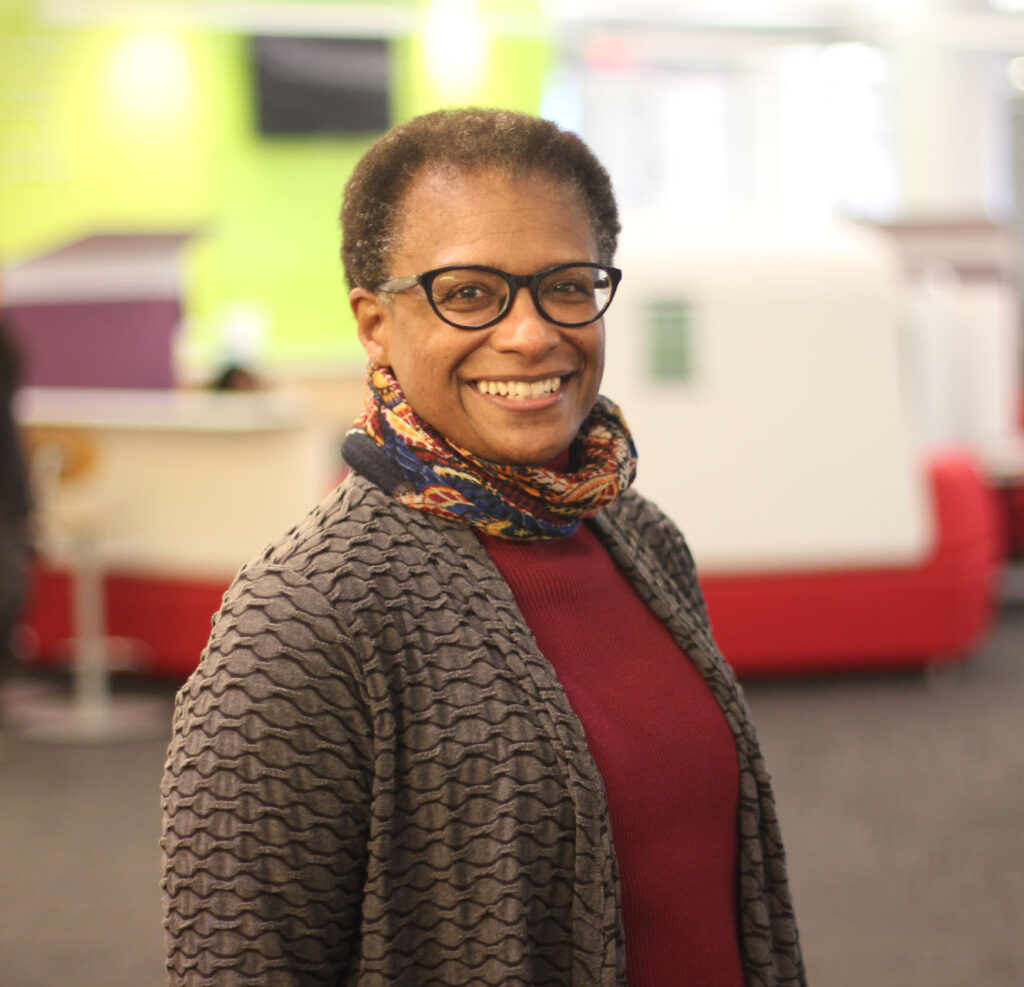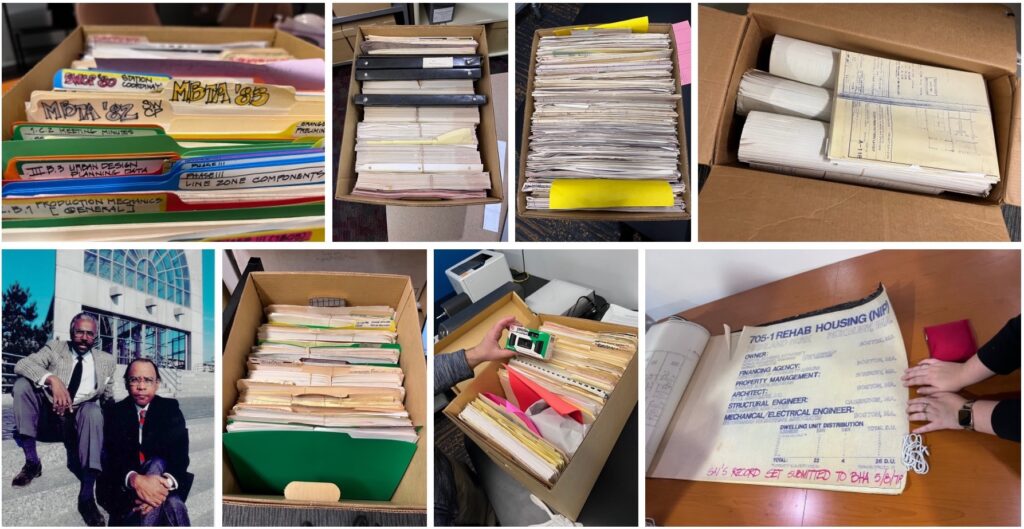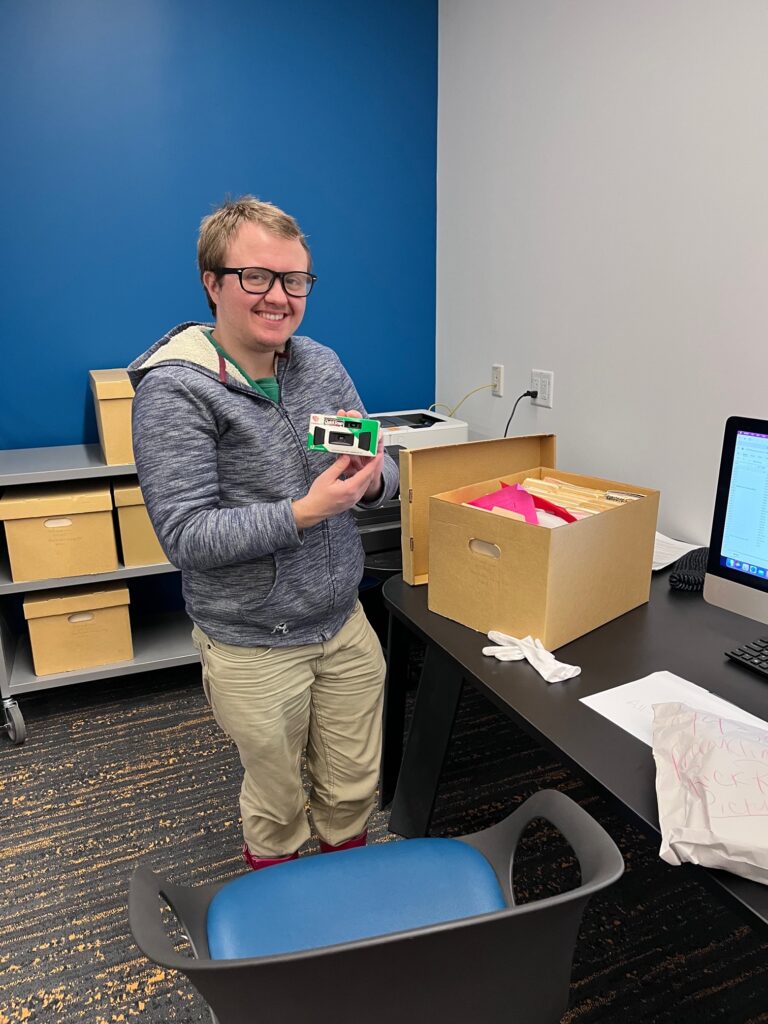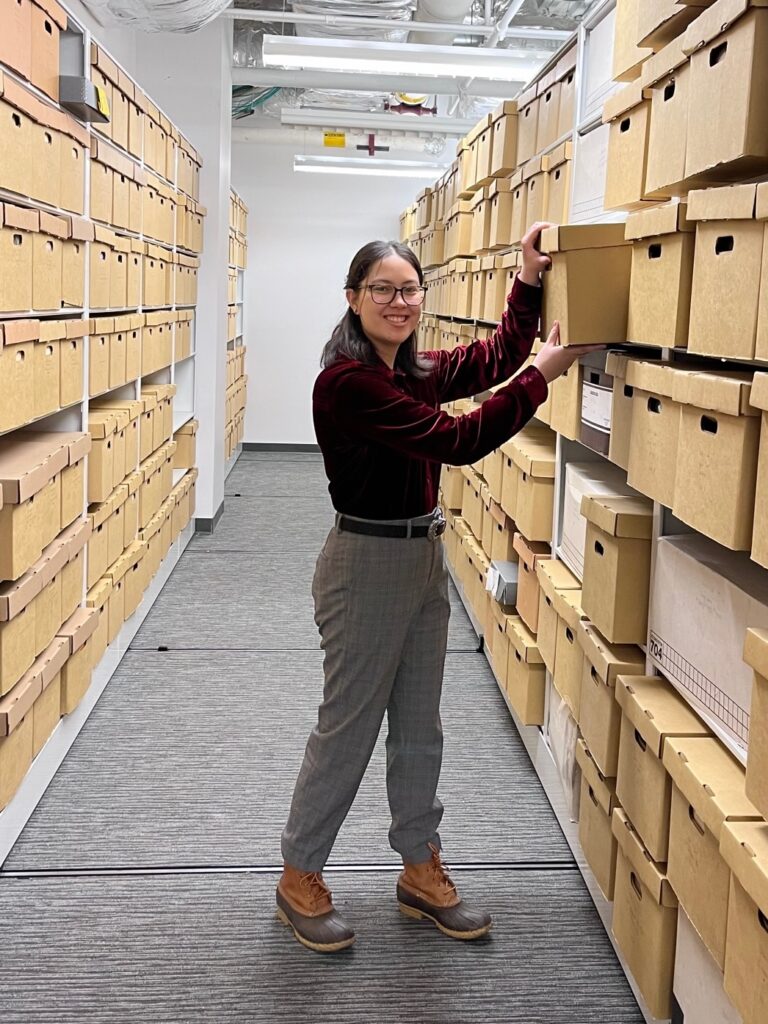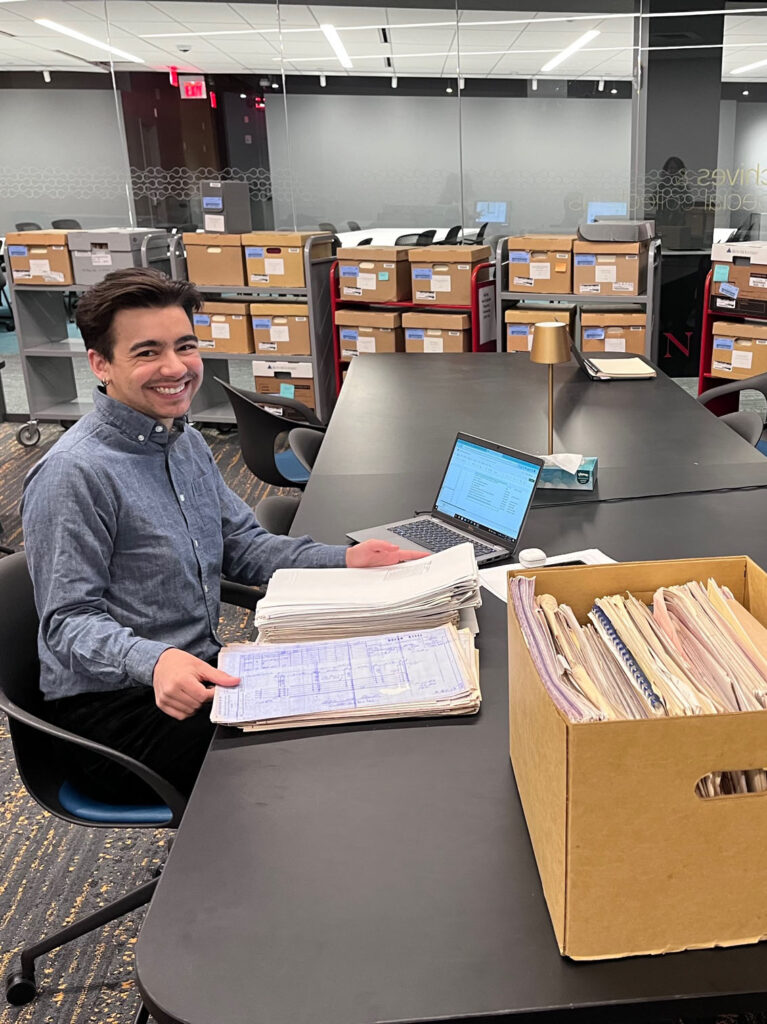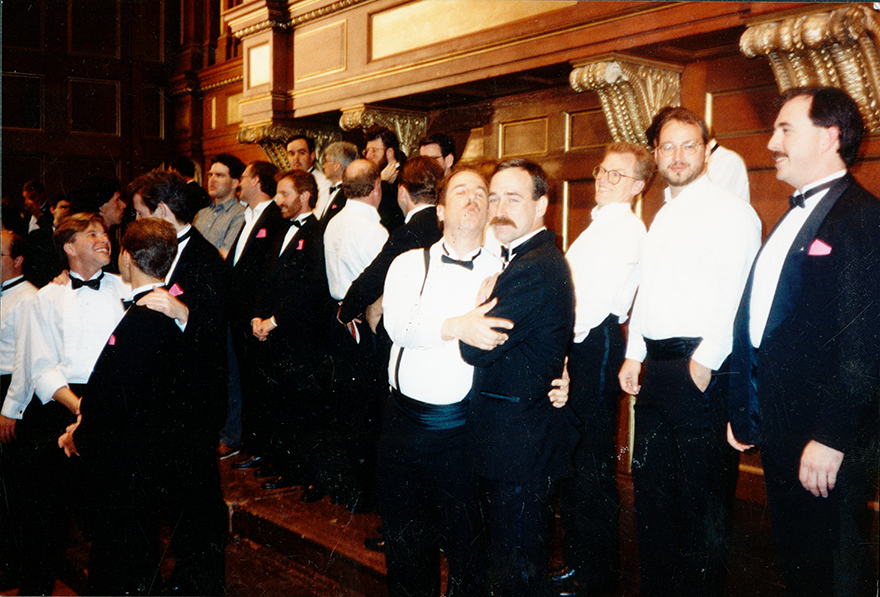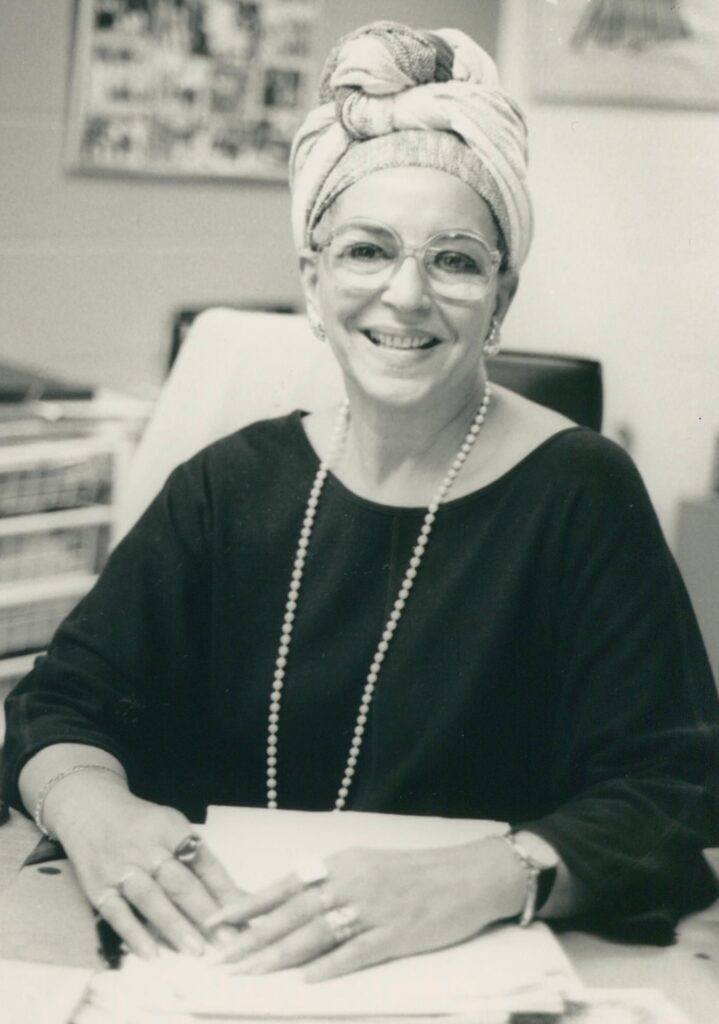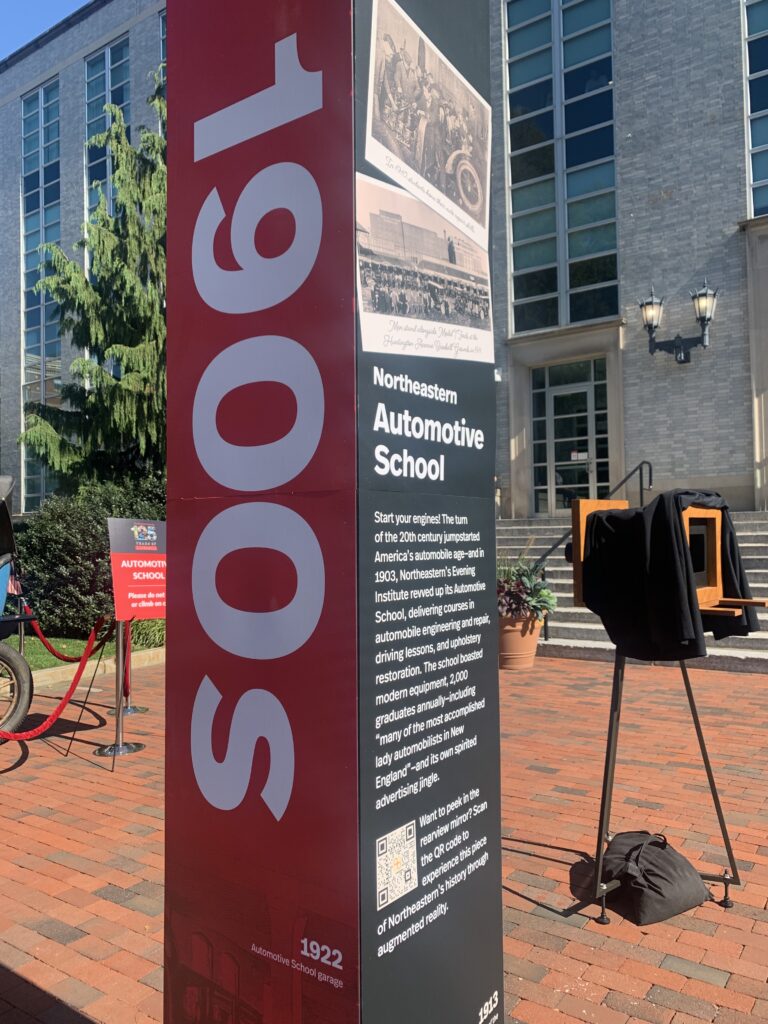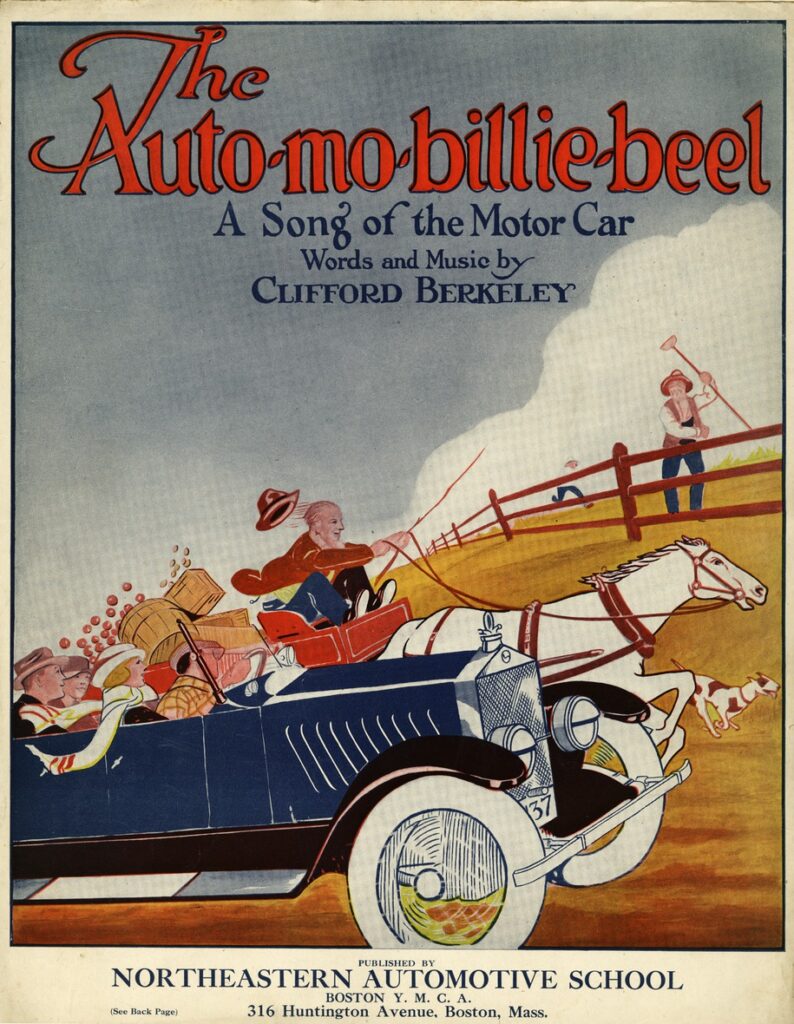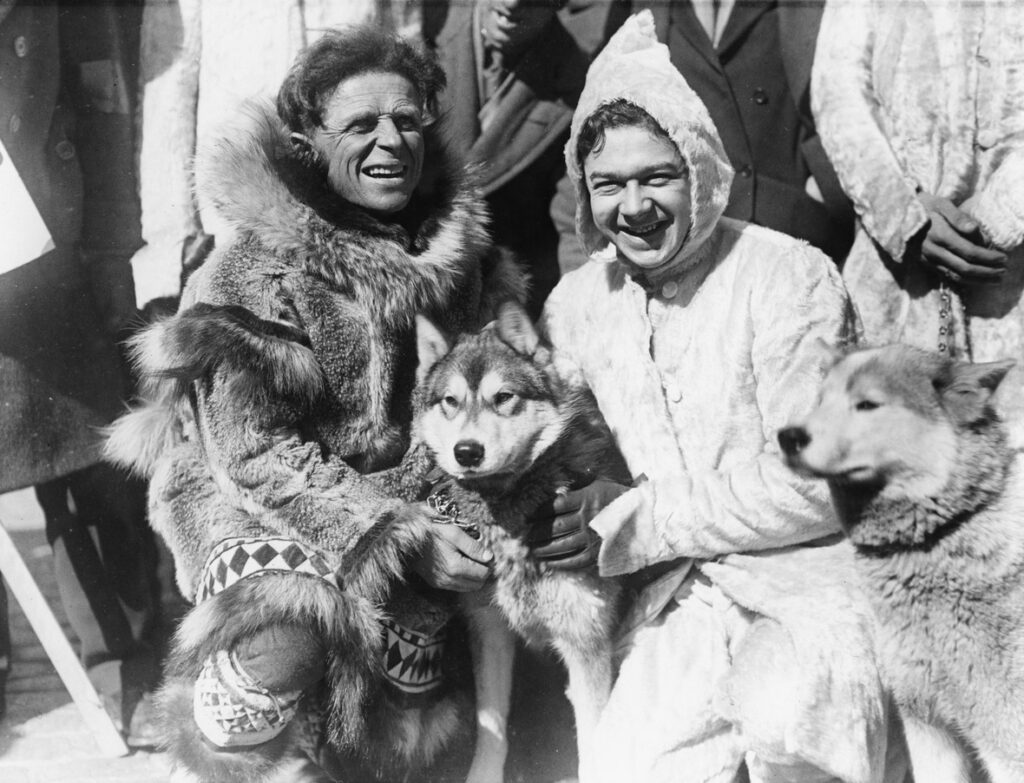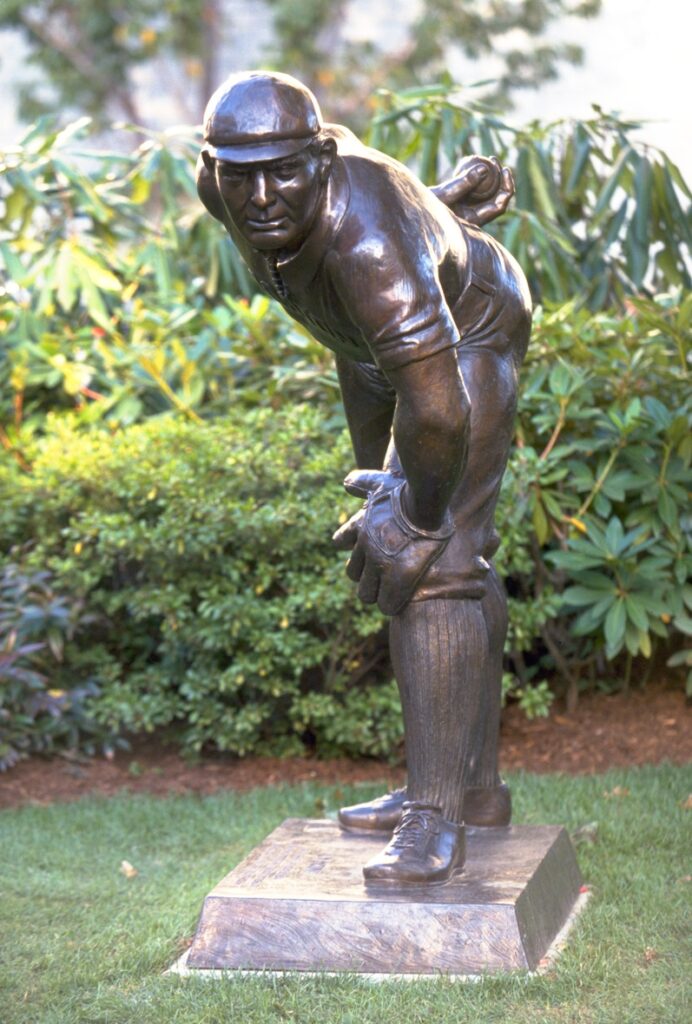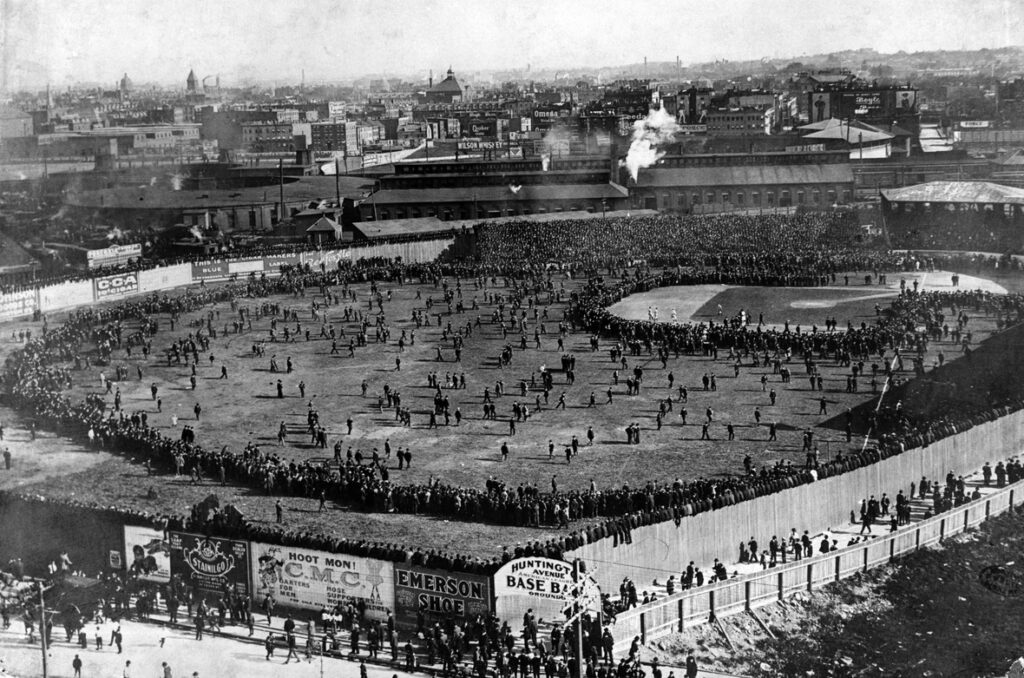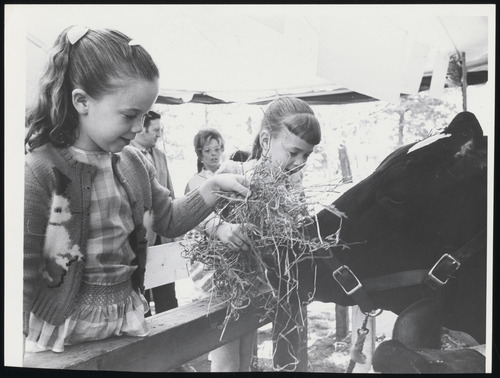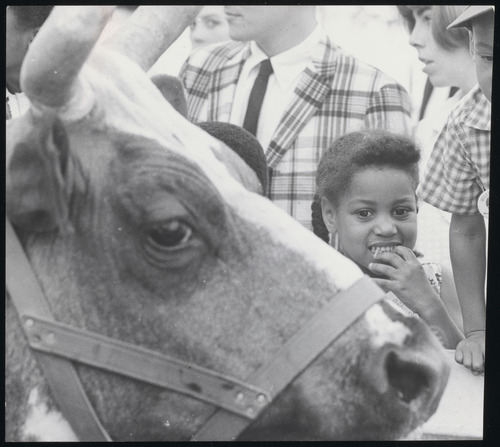Gina Nortonsmith Discusses Work with CRRJ Burnham-Nobles Digital Archive in NEA Newsletter Article
Northeastern University African American History Archivist Gina Nortonsmith had an extensive article published in the January 2024 issues of the New England Archivists Newsletter, discussing her work with the Civil Rights and Restorative Justice Project’s Burnham-Nobles Digital Archive.
Nortonsmith was originally hired as a Project Archivist for the CRRJ, tasked with compiling anti-Black homicide case records from the Jim Crow era into a collection to allow for accessibility and trend study by researchers. In the article, she discusses her work and the overarching goals of both representing the work of the CRRJ while also maintaining “the dignity and respect for victims and their families.”
To do this, Nortonsmith and the rest of the Burnham-Nobles Digital Archive team centralized the victims’ lives and stories, not just the crime that was committed against them. In her article, she discusses approaching each record as referring to a real person and not an abstract notion. Often that included discovering and using victims’ real names, instead of alternate names or misspellings that are common in the records.
“We wanted to build an archive which illuminated CRRJ’s work and that led us to put the victim and their story foremost in arrangement, description, and access,” Nortonsmith wrote.
The Burnham-Nobles Digital Archives contains investigative records from federal and local entities as well as records from advocacy groups and letters from family and community members advocating for justice. They also included death certificates, newspaper articles, photos, and more. Taken together, these records provide a complete story of the prevalence of anti-Black violence and murder in the Jim Crow South from 1930-1954 and the failures of the justice system to solve these crimes and punish the perpetrators.
As archivists, Nortonsmith and her team made sure these records were catalogued and organized in a way that included and highlighted all parts of the victims’ life and story. Working with such subject matter was difficult, but “knowing that we were helping to bring these stories forward once again went a long way toward keeping us moving forward,” Nortonsmith wrote.
The January issue of the New England Archivists Newsletter is currently available for subscription-holders. Past issues are freely available on their website.
